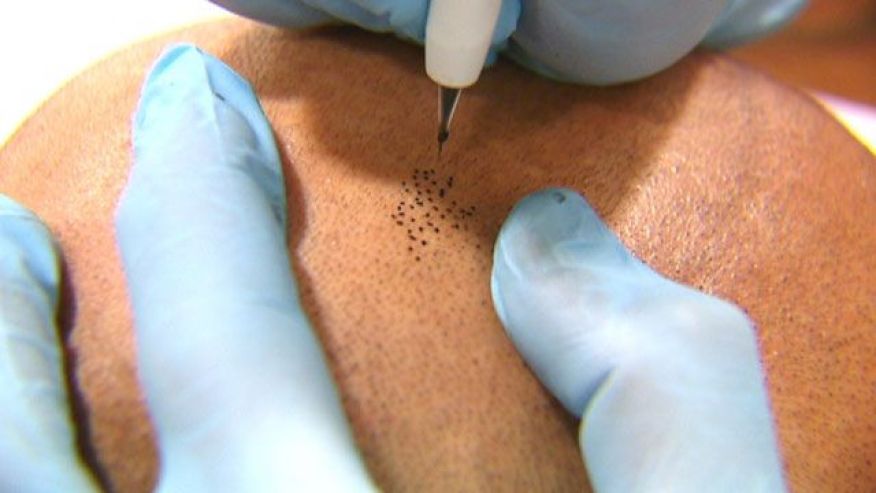One in four Americans age 65 or older has diabetes, putting them at increased risk for vision loss and blindness. Fortunately, diabetes-related vision loss is largely preventable with regular care. Yet, studies have found a majority of Medicare beneficiaries with diabetes do not get the necessary eye exams.
Both type 1 and type 2 diabetes can affect the small blood vessels in the eyes, causing them to leak and grow irregularly. This leads to vision loss if left untreated. This condition is known as diabetic retinopathy and affects about 30 percent of people living with diabetes. It can also lead to other blinding ocular complications, such as diabetic macular edema. Risk for these complications increases with age and duration of diabetes.
To prevent diabetes-related vision loss, the American Academy of Ophthalmology recommends people with diabetes get a dilated eye exam each year. Getting these exams can help prevent 95 percent of diabetes-related vision loss. The exams are typically performed by ophthalmologists — physicians that specialize in medical and surgical eye care — and are covered by Medicare.
Eye exams for people with diabetes are similar to comprehensive eye exams. They include putting dilating drops into the eyes to help the pupil expand. This allows the ophthalmologist to see the retina — the light-sensitive tissue lining the back of the eye — and look for early signs of diabetic retinopathy. Cameras may also be used to record any disease progression. These cameras combine a microscope with a camera to get close-up images of the retina.
Because Medicare plans vary, people with diabetes should talk with their doctor to determine the best process for setting up an eye exam. Those with Medicare Advantage may have different benefits from those with only Medicare Part B, which is traditional Medicare.
Traditional Medicare covers 80 percent of the cost of eye exams for people with diabetes. The remaining 20 percent is typically paid for by the patient. If this cost is a concern, EyeCare America may be able to help. This is a public service program of the Foundation of the American Academy of Ophthalmology. It can help older Americans get a comprehensive eye exam and up to one year of care at no out-of-pocket cost. Learn more, or see if you or your loved one qualifies atwww.eyecareamerica.org.
[Source:- AAO]















